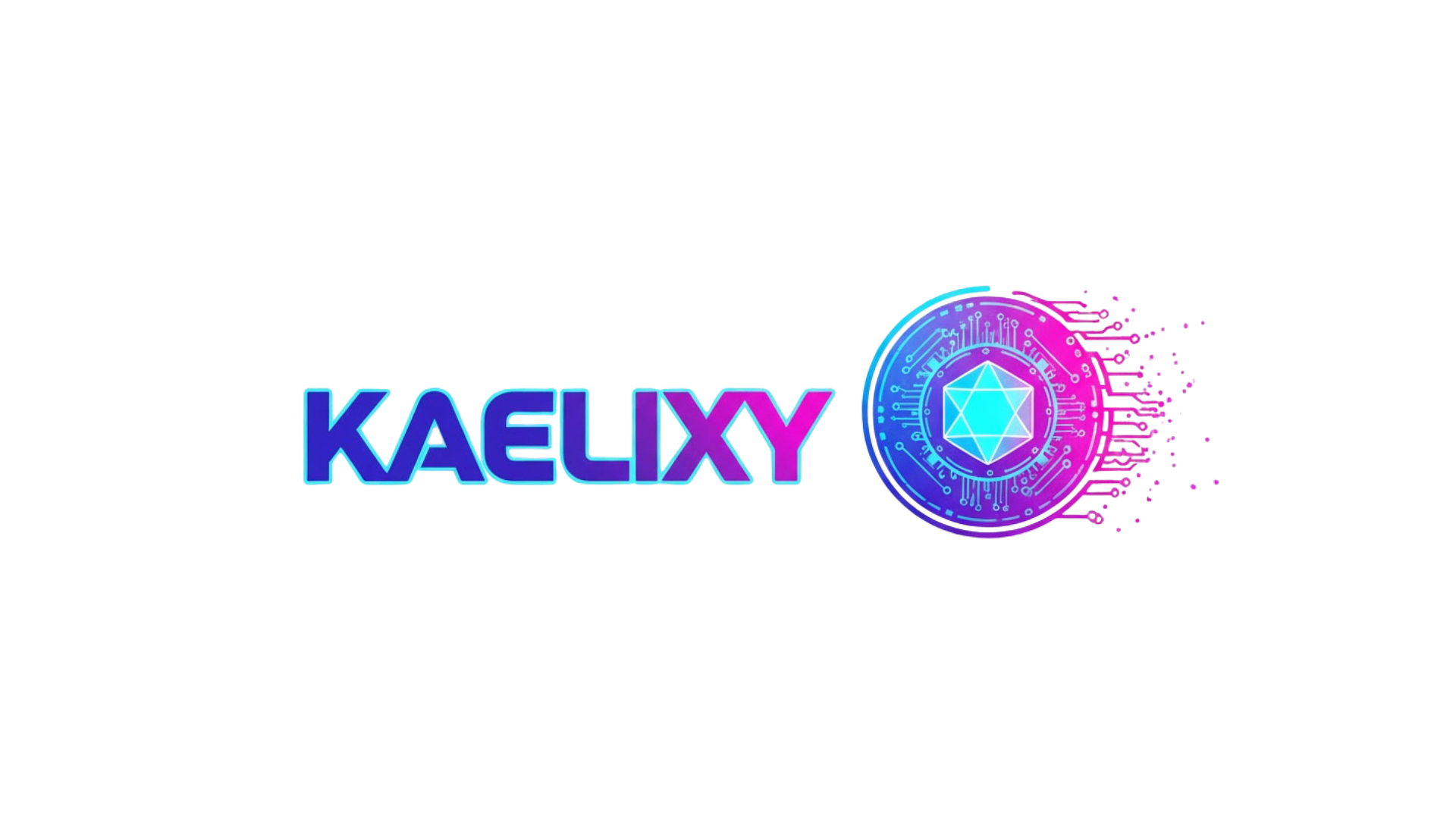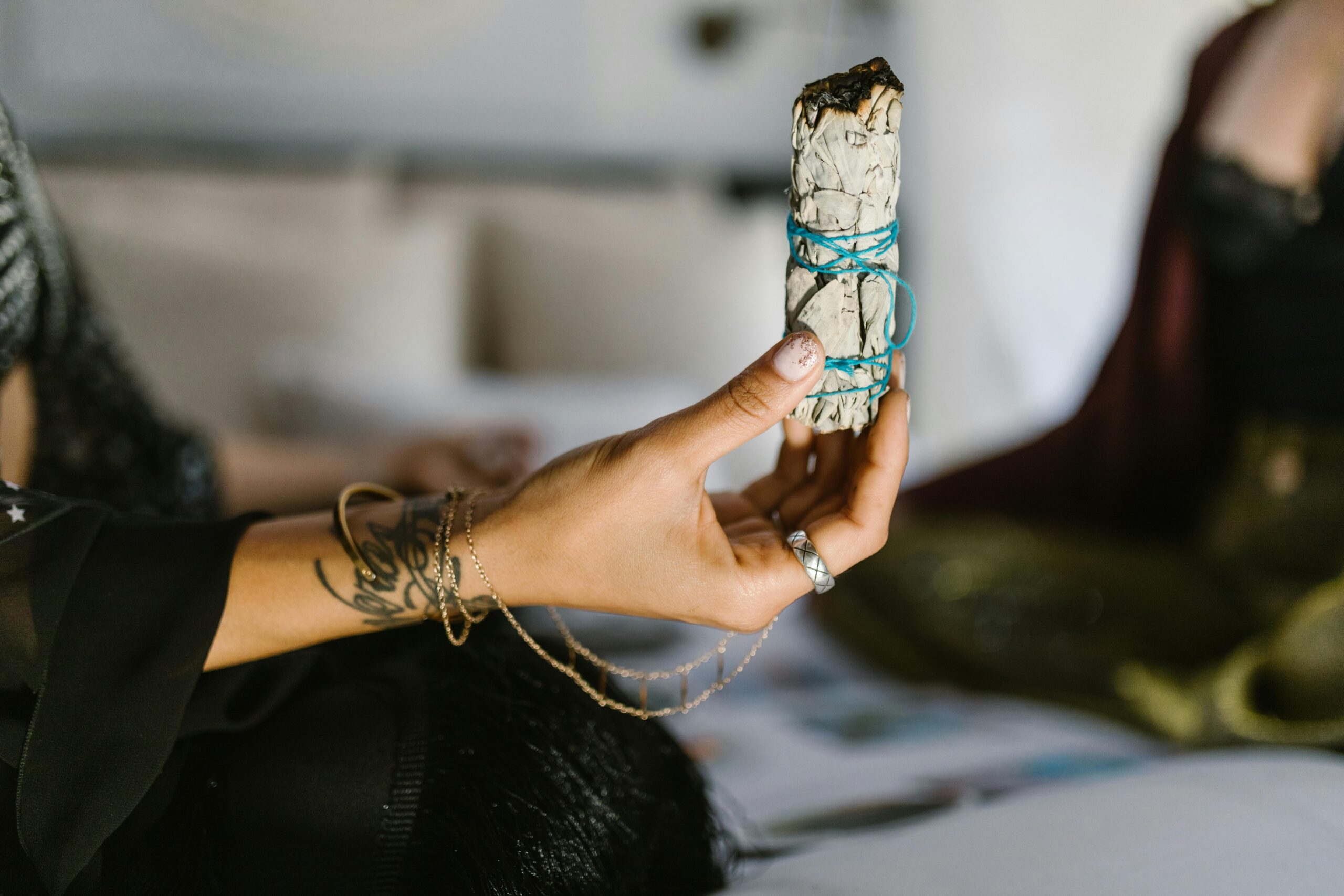In a world overflowing with possessions, distractions, and endless choices, minimalism offers a refreshing path toward intentional living and genuine fulfillment.
Modern society constantly bombards us with messages that more is better—more clothes, more gadgets, more activities, more commitments. Yet despite accumulating more, many people report feeling less satisfied, more stressed, and increasingly disconnected from what truly matters. This paradox has led countless individuals to question the conventional wisdom of consumerism and explore alternative ways of living that prioritize meaning over materialism.
Minimalism isn’t simply about owning fewer things or living in stark, empty spaces. Rather, it’s a deliberate approach to life that focuses on eliminating the unnecessary so you can concentrate on what genuinely adds value to your existence. It’s about creating space—physical, mental, and emotional—for the experiences, relationships, and pursuits that align with your deepest values and aspirations.
🎯 Understanding Minimalism Beyond the Aesthetic
When most people hear “minimalism,” they envision white walls, empty countertops, and spartan living conditions. While this aesthetic interpretation exists, true minimalism runs much deeper. At its core, minimalism is a tool for identifying what’s essential in your life and removing everything that distracts from it.
Minimalism manifests differently for everyone because we all have unique values, circumstances, and definitions of what matters most. For one person, minimalism might mean reducing a wardrobe from 300 items to 30. For another, it could involve simplifying their schedule to make time for creative pursuits. Someone else might apply minimalist principles to their digital life, decluttering files, apps, and online subscriptions.
The beauty of minimalism lies in its flexibility and personalization. There’s no universal formula dictating exactly how many possessions you should own or which activities deserve your time. Instead, minimalism provides a framework for making intentional choices that reflect your authentic priorities rather than external pressures or unconscious habits.
🔍 The Psychology Behind Why Less Can Mean More
Research in psychology and behavioral science increasingly supports what minimalists have discovered through practice: excessive choice and clutter diminish our wellbeing and decision-making capacity. This phenomenon, known as decision fatigue, occurs when the sheer volume of choices we face daily depletes our mental energy.
Every item you own, every commitment on your calendar, and every digital notification vying for your attention requires cognitive resources. Even if you’re not actively thinking about these things, your brain must process and manage them on some level. This constant low-level mental taxation accumulates, leaving you feeling exhausted, overwhelmed, and unable to focus on meaningful activities.
By reducing unnecessary possessions, commitments, and distractions, minimalism frees up mental bandwidth for what truly matters. When you own fewer clothes, getting dressed becomes effortless. When you have fewer social obligations, you can invest more deeply in relationships that genuinely nourish you. When you minimize digital distractions, you create space for creativity, reflection, and presence.
The Paradox of Choice and Satisfaction
Psychologist Barry Schwartz explored this concept extensively in his work on the paradox of choice. He found that while some choice increases satisfaction, too much choice actually decreases it. When faced with endless options, we experience analysis paralysis, make poorer decisions, and feel less satisfied with our choices due to increased opportunity costs and regret.
Minimalism addresses this paradox directly by intentionally constraining options. Rather than viewing this as deprivation, minimalists experience it as liberation—freedom from the tyranny of too many choices and the clarity that comes from knowing exactly what matters to you.
💡 Practical Steps to Begin Your Minimalist Journey
Transitioning to a more minimalist lifestyle doesn’t require dramatic overnight changes. In fact, gradual, thoughtful implementation tends to create more sustainable results than radical purging. Here are practical approaches to incorporate minimalist principles into various aspects of your life.
Starting With Physical Possessions
Begin by selecting one small area—a drawer, shelf, or closet—rather than attempting to declutter your entire home at once. For each item, ask yourself these questions:
- Does this item serve a current purpose or bring genuine joy?
- Have I used or worn this in the past year?
- If I didn’t already own this, would I acquire it today?
- Does keeping this align with my values and the life I want to create?
Items that don’t meet these criteria are candidates for removal. Donate functional items to organizations where they’ll benefit others, recycle what you can, and dispose of the rest responsibly. As you declutter, pay attention to patterns—are you holding onto things out of guilt, obligation, or “just in case” thinking? Recognizing these patterns helps prevent future accumulation.
Simplifying Your Digital Life
Digital clutter creates mental burden just as physical clutter does. Start by auditing your digital ecosystem:
- Unsubscribe from email lists that no longer serve you
- Delete apps you haven’t used in months
- Organize files into simple, logical systems
- Turn off non-essential notifications
- Curate your social media feeds to include only accounts that add genuine value
Consider implementing app blockers or time management tools if digital distractions significantly impact your focus and productivity. The goal isn’t to eliminate technology—it’s to ensure technology serves your purposes rather than commanding your attention.
Streamlining Your Schedule and Commitments
Time is your most finite resource, yet many people fill their calendars with obligations that don’t align with their priorities. Apply minimalist thinking to your schedule by evaluating commitments through the lens of purpose and value.
Practice saying no to invitations, requests, and opportunities that don’t genuinely excite you or advance your goals. This isn’t selfishness—it’s self-respect. Every yes to something misaligned is an implicit no to something that might truly matter to you.
Build margin into your days. Rather than scheduling every minute, leave white space for spontaneity, rest, and the unexpected. This buffer reduces stress and creates room for presence and creativity.
🌱 The Connection Between Minimalism and Purpose
The relationship between minimalism and purposeful living is reciprocal and reinforcing. Minimalism creates space to discover and pursue your purpose, while clarity about your purpose makes minimalist choices easier and more natural.
When you’re unclear about your values and life direction, you’re vulnerable to filling voids with consumption, busyness, and distractions. These temporary fillers provide fleeting satisfaction but never address the underlying need for meaning and direction. Minimalism strips away these substitutes, confronting you with the essential question: What do I actually want my life to be about?
This question can initially feel uncomfortable, even frightening. Many people stay perpetually busy and surrounded by possessions partly to avoid facing it. However, engaging with this discomfort leads to profound self-discovery and the opportunity to design a life of genuine intention rather than default settings.
Identifying Your Core Values
Purpose emerges from alignment with your core values—the principles and priorities that define what matters most to you. These might include creativity, connection, contribution, growth, adventure, security, or countless other possibilities. The specific values matter less than your authentic relationship with them.
To identify your core values, reflect on moments when you felt most alive, satisfied, and authentically yourself. What were you doing? Who were you with? What made those experiences meaningful? Patterns in these peak experiences often reveal your underlying values.
Once you’ve identified core values, use them as a filter for decisions about possessions, commitments, and how you spend your time and energy. Ask: Does this choice honor my values and move me toward the life I want to create?
🏡 Creating Intentional Spaces That Support Your Purpose
Your physical environment profoundly influences your thoughts, emotions, and behaviors. Cluttered, chaotic spaces generate mental clutter and stress, while thoughtfully designed environments support focus, creativity, and wellbeing.
Minimalist spaces aren’t necessarily stark or cold. Instead, they’re intentional—every item present serves a function or holds genuine meaning. This curation creates visual calm and ensures your environment actively supports your priorities rather than constantly demanding attention and management.
Design your spaces around activities that matter to you. If creativity is central to your purpose, create a dedicated area with materials and inspiration readily accessible. If physical health is a priority, make exercise convenient by keeping workout equipment visible and available. If connection matters most, design living spaces that facilitate meaningful conversation rather than passive entertainment consumption.
💰 Financial Freedom Through Minimalist Principles
Minimalism and financial wellbeing are intimately connected. Reducing consumption naturally decreases expenses, but more importantly, minimalism helps you align spending with values rather than impulses, social pressure, or advertising influence.
Track your spending for a month without judgment—simply observe where money goes. Then evaluate each category: Does this spending reflect my priorities and contribute to a life of purpose? Often, you’ll discover that significant amounts fund things you don’t truly care about—subscriptions you’ve forgotten, convenience purchases that don’t actually save time, or items bought to fill emotional needs they can’t actually address.
Redirecting these resources toward what genuinely matters creates remarkable possibilities. Money saved from unnecessary consumption might fund education toward a meaningful career change, enable work flexibility that allows time for important relationships, or support causes aligned with your values.
The True Cost of Possessions
Everything you own costs more than its purchase price. Possessions require storage space, maintenance, organization, insurance, and mental energy to manage. When you account for these hidden costs, that “good deal” often reveals itself as far more expensive than it initially appeared.
Before acquiring anything new, calculate the true total cost and consider opportunity costs—what else could those resources enable? This comprehensive accounting naturally reduces accumulation and focuses acquisition on items that truly justify their complete cost.
🌍 Minimalism as Environmental and Social Responsibility
While personal benefits motivate many people toward minimalism, the practice also carries significant environmental and social implications. Consumerism drives resource extraction, pollution, waste, and often exploitative labor practices. By consuming less, minimalists reduce their environmental footprint and remove financial support from harmful systems.
This isn’t about guilt or perfectionism—no individual can single-handedly solve systemic problems. However, aligning your consumption with your values creates integrity and demonstrates that alternatives to constant consumption are possible and desirable. As more people adopt minimalist approaches, collective impact grows and cultural norms gradually shift.
Additionally, minimalism frees resources—time, money, and energy—that you can direct toward positive contribution. Rather than spending weekends shopping and managing possessions, you might volunteer for causes you care about. Instead of working overtime to fund unnecessary purchases, you might reduce hours and dedicate that time to community involvement or creative projects that benefit others.
🔄 Maintaining Minimalism as Life Changes
Minimalism isn’t a one-time project but an ongoing practice of intentional evaluation and adjustment. As your circumstances, relationships, and priorities evolve, so too will your minimalist approach. What serves you in one life stage might not in another, and that’s perfectly appropriate.
Rather than rigidly adhering to arbitrary rules, regularly check in with yourself: Is my current lifestyle supporting my purpose and values? Are possessions, commitments, or habits that served me previously now creating drag? What might I add or remove to better align my daily reality with my aspirations?
This flexibility ensures minimalism remains a useful tool rather than becoming another source of stress or judgment. The goal isn’t achieving some idealized minimal state but continuously moving toward greater alignment between your life’s structure and your deeper purpose.
✨ The Ripple Effects of Living With Purpose
As you embrace minimalism and clarify your purpose, changes extend far beyond decluttered closets and simplified schedules. Living intentionally transforms how you show up in relationships, work, and community.
When you’re not exhausted by managing excess or distracted by constant consumption, you have energy for presence and depth in relationships. Conversations go beyond surface pleasantries because you have the mental space to truly listen and engage. You notice needs you can address and opportunities to contribute meaningfully.
At work, clarity about your purpose helps you identify roles and projects that genuinely matter to you. Rather than accepting every opportunity or promotion, you can evaluate whether it advances what you actually care about. This selectivity often leads to greater satisfaction and impact than unfocused ambition.
Perhaps most significantly, living with purpose provides an internal compass during difficult times. When challenges arise—and they will—your clear values and priorities help you navigate toward choices that honor what matters most rather than reacting from fear or external pressure.

🎁 Embracing Abundance Through Intentional Limitation
A common misconception portrays minimalism as deprivation or scarcity thinking. In reality, practicing minimalism reveals profound abundance that remains hidden when buried under excess. By limiting possessions to what you truly value, you can actually enjoy and appreciate what you have rather than perpetually seeking the next acquisition.
This shift from scarcity to abundance mindset is paradoxical but powerful. When you stop believing you need more to be happy, you discover sufficiency in what’s already present. This doesn’t mean complacency or lack of ambition—you can still pursue meaningful goals. However, your pursuit comes from inspiration and purpose rather than an attempt to fill a void that consumption can never actually satisfy.
Living with purpose through minimalism ultimately offers the freedom to focus on what genuinely matters to you, the clarity to make decisions aligned with your values, and the space to experience life fully rather than constantly managing, acquiring, and consuming. In releasing what’s unnecessary, you discover what’s essential—and build a life of authentic meaning and lasting fulfillment.
Toni Santos is an eco-spirituality researcher and planetary healing writer exploring how earth-based rituals, nature-centred philosophy and sacred ecology reconnect humanity with the living planet. Through his work on environment, consciousness and ritual, Toni examines how our relationship with Earth influences our awakening and actions. Passionate about land-wisdom, ritual practice and ecological integration, Toni focuses on how spiritual life can emerge from ecological awareness and how healing flows from land, water and community. His work highlights the union of ecology, mind and spirit — guiding readers toward a more grounded, relational, and sacred life. Blending ritual studies, environmental philosophy and ecological design, Toni writes about the human-earth story — helping readers understand how living systems, community and meaning intertwine in planetary healing. His work is a tribute to: The sacred connection between humanity and Earth’s living systems The power of ritual to rekindle land-memory and collective renewal The vision of ecology as sacred, relational and transformational Whether you are a ritual practitioner, ecological thinker or planet-healer, Toni Santos invites you to explore the path of planetary awakening — one ritual, one ecosystem, one transformation at a time.




